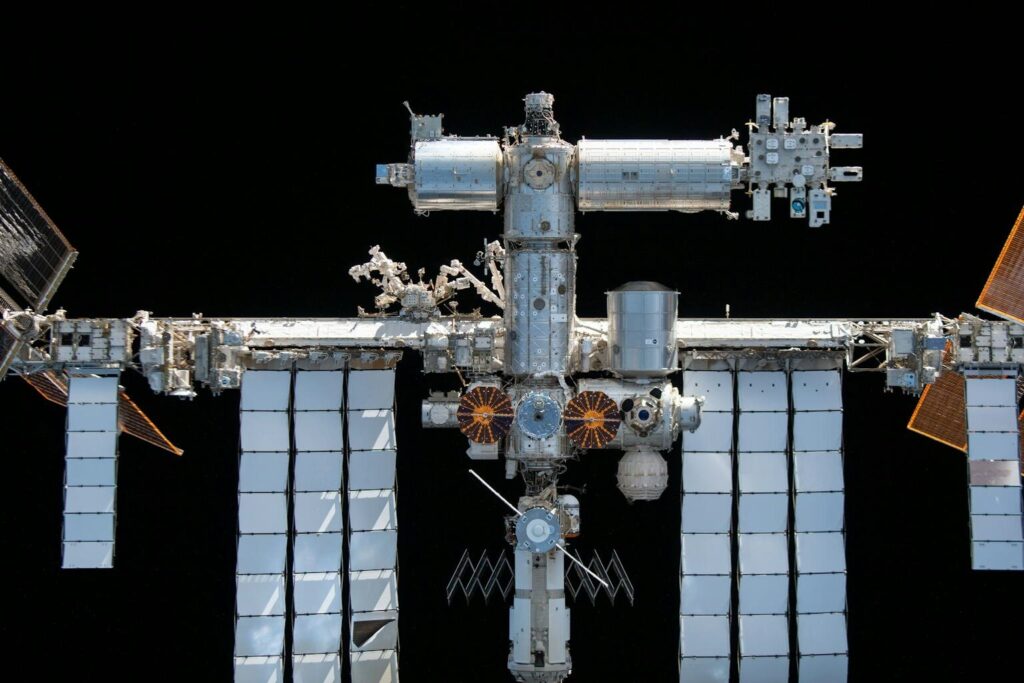
The International Space Station (ISS) stands as one of the most remarkable achievements of the modern era, representing the pinnacle of human ingenuity and international cooperation. Since its first modules were launched in 1998, the ISS has served as a hub for scientific research and a testament to what nations can achieve together. As of November 2, 2025, the station will celebrate 25 years of continuous human habitation, an extraordinary milestone in space exploration.
Over the past quarter-century, 290 individuals from 26 countries have visited the ISS, with some staying for extended periods. This accounts for more than 40% of all humans who have ever traveled to space. The station has facilitated thousands of scientific and engineering studies across nearly 200 distinct facilities, exploring everything from astronomical phenomena to crew health and plant growth. It has also been the birthplace of space tourism, offering a glimpse into the future of commercial space travel.
Life Aboard the ISS: A Unique Environment
The interior of the ISS may surprise those expecting the sleek, organized environment often depicted in science fiction. Instead, the station is a functional space filled with cables, equipment, and a lack of traditional amenities such as showers or kitchens. Despite these limitations, the ISS has been a home away from home for astronauts, providing a unique perspective on living in space.
November 2025 also marks the 10th anniversary of the International Space Station Archaeological Project, a research initiative that delves into the social and cultural dynamics of life aboard the ISS. This project has revealed much about how astronauts adapt to their environment, offering insights that could inform future missions to Mars and beyond.
Space Archaeology: Uncovering Human Behavior in Orbit
Space archaeology, a burgeoning field of study, seeks to understand the human experience in space through the analysis of artifacts and built environments. The International Space Station Archaeological Project, led by a team of researchers, has been at the forefront of this effort. By examining thousands of photographs taken by the crew and published by NASA, the project tracks the movement of people and objects within the station, revealing patterns of behavior and interaction.
In 2022, the project conducted the first archaeological fieldwork off Earth, an experiment designed by collaborator Alice Gorman. Crew members documented six sample locations within the ISS by taking daily photographs over two months. This innovative approach has provided a wealth of data on how astronauts personalize their space and adapt to the constraints of life in orbit.
Lessons from the Photos
The photographs reveal that astronauts, much like people on Earth, decorate their surroundings with personal items such as pictures and memorabilia. They celebrate birthdays with makeshift cakes and indulge in special snacks sent from home. However, their lives are largely governed by the strict schedules and procedures set by Mission Control, leaving little room for personal autonomy.
Despite these constraints, astronauts demonstrate creativity and resourcefulness. They repurpose spaces for new uses, such as using a maintenance workstation for storage due to its abundance of Velcro. These adaptations highlight the need for flexibility in the design of future space habitats.
National Identity and International Collaboration
While the ISS is a symbol of international collaboration, the research shows that it remains highly nationalized. Each space agency controls its modules and activities, reflecting the need to justify expenditures to their respective taxpayers. This segmentation, while understandable, may not be the most efficient way to manage such a complex and costly project.
The International Space Station Archaeological Project has also tracked the evolution of scientific activities aboard the ISS. Their findings indicate a growing diversity in research, driven by the use of specialized experimental equipment. This research has practical implications for companies planning to build commercial successors to the ISS, providing insights into the facilities future crews may require.
The Future of Space and Archaeology
Space archaeology is not only about understanding life in orbit but also about applying these insights to contemporary issues on Earth. By studying phenomena such as migration, ethnonationalism, and ecological challenges, archaeologists can contribute to solving global problems. The work on the ISS demonstrates the relevance of social science research in addressing technical challenges, such as long-duration space missions.
As we look to the future, the lessons learned from the ISS and its archaeological study will inform the next generation of space exploration. Whether on the Moon, Mars, or beyond, understanding the human experience in space will be crucial to the success of these endeavors. The International Space Station remains a beacon of what humanity can achieve when we work together, and its legacy will continue to inspire for generations to come.







